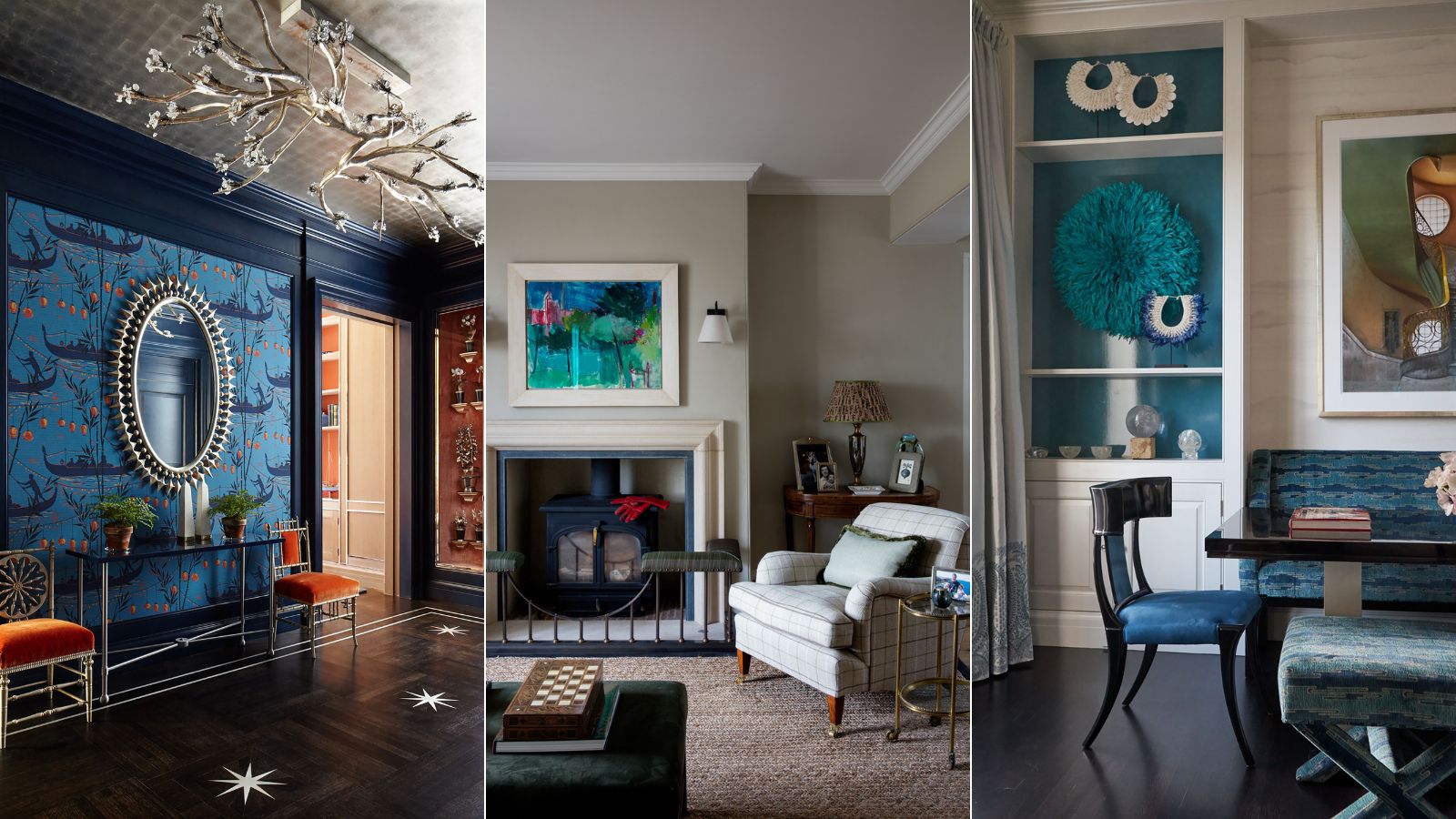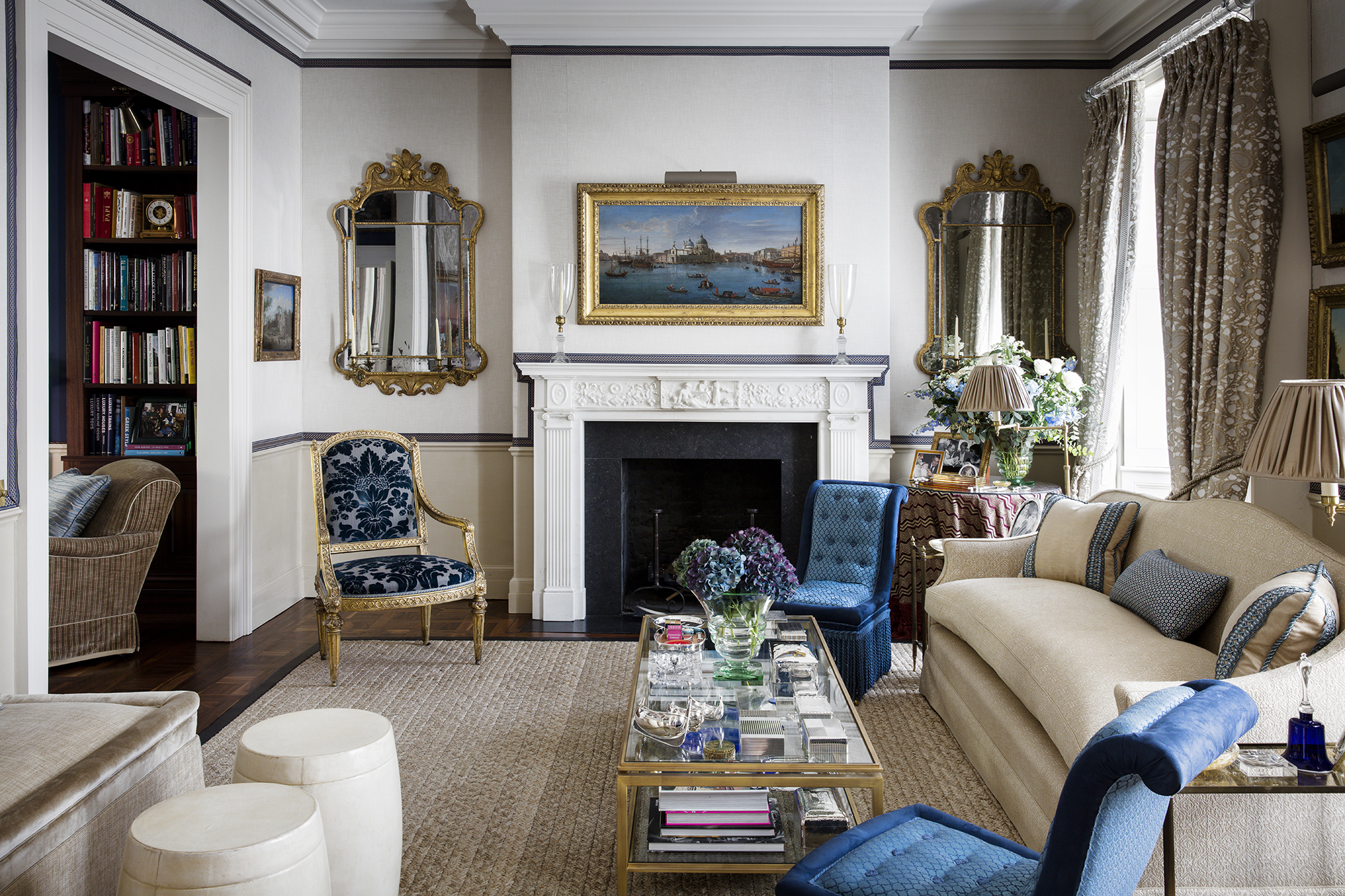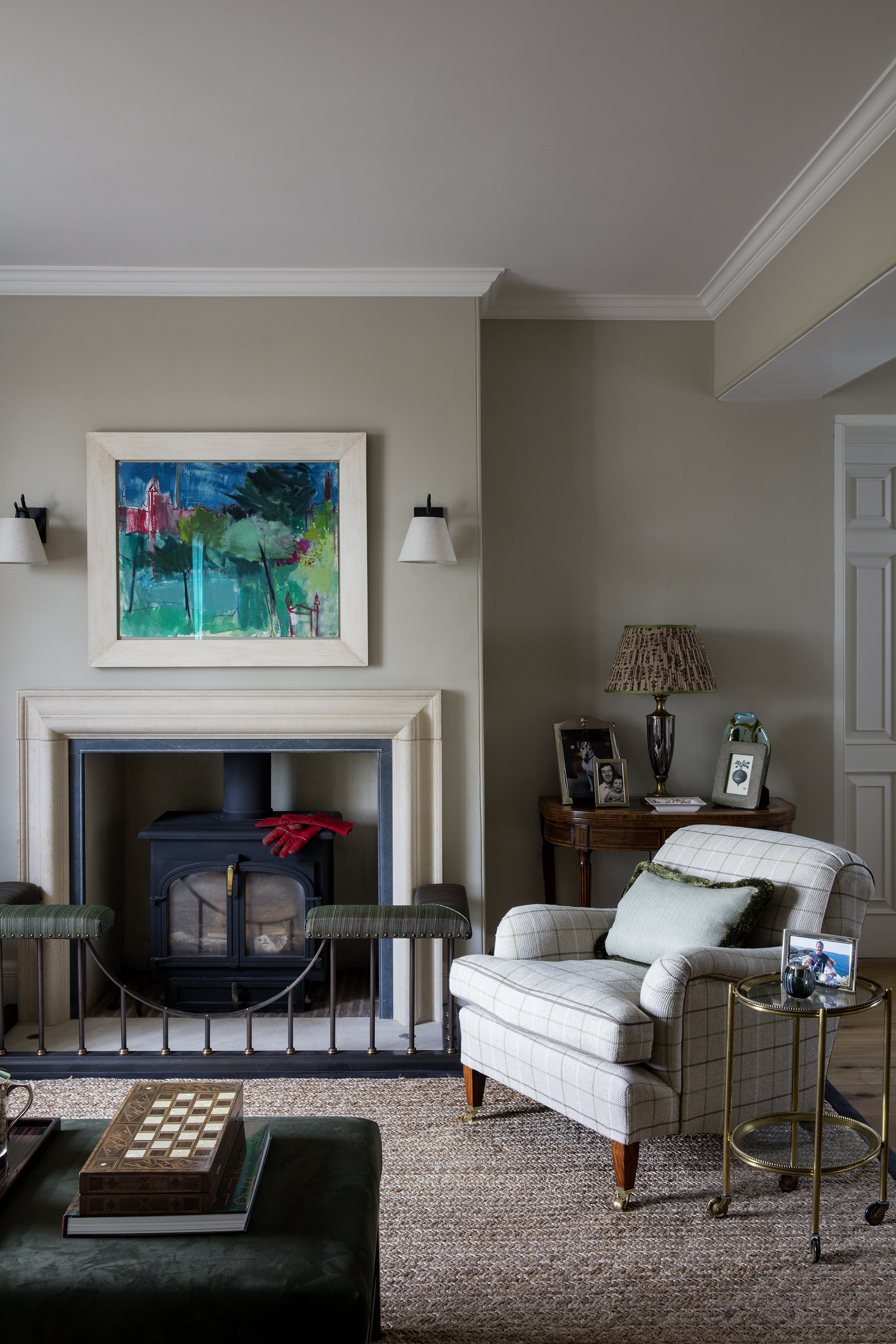Designer Nina Campbell's essential design rules for every room in your home
Designer Nina Campbell talks us through the essential elements of decorating


Interior design and decorating might seem like a daunting prospect, best reserved for an expert, however, with the right advice, you can easily achieve a professional look that will have visitors gushing over your interior schemes.
Whether you’re starting out on a new design project or just want to refresh an existing scheme, Nina Campbell has shared her top interior design tips for creating a harmonious space that is brimming with personality.

Nina Campbell is one of the world’s most respected and influential interior designers. Her list of clients and design expertise is unparalleled. Renowned for her contagious wit and brilliant sense of style, her designs appeal to both young and old and sit well in both contemporary and traditional interiors.
1. Figure out your floorplan

Figuring out your floor plan is vital to ensure that your room works from a practical and aesthetic standpoint. Start by working out the central point of the room; this will guide you as to where to place large pieces of furniture. This is a reasonably easy task in a room with a fireplace or large windows. If you do not have those, then look at the room as a whole and figure out which architectural feature or object will act as the room’s central point. Next, factor in the practical elements of the room – where are the windows and the doors? Do your windows go to floor level or could you place low pieces of furniture in front of them? These principles can be applied to every room from living room ideas to bathroom ideas.
For example, when designing a living room with a traditional fireplace, this will be a central point. You can then either have the sofa to one side with a couple of chairs opposite. Alternatively, you can position the couch so it’s facing the fireplace and chairs on either side. It’s always good to then throw off the symmetry of the room – add an extra little chauffeuse in front of the fire to make the space feel more relaxed and encourage conversation.
2. Use pattern to add personality

Pattern is a great way to add personality into your space. When mixing patterns in a room, start by looking at patterns together – mix a large-scale print with a more intricate design, possibly adding a neutral stripe or check, then balance with plain, complementary colors.
Alternatively, you might fall in love with a pattern that incorporates a lot of colors. You can use this pattern as the basis of your room’s color scheme – accentuating certain shades throughout the room. If you are considering a more outrageous pattern but are a little nervous, try using it on one chair or across cushions while keeping the rest of the room calmer. On the flip side, another way to introduce pattern is to take one design and use it to blanket the whole room, with the exception of a couple of plain colors.
3. Design your room around the natural light

Natural light has a significant effect on the way you dress in a room. Not only in the amount of natural light a room receives but also in its warmth. For example, a south-facing room will receive lots of warm light, while a north-facing room will have a colder edge. The type of light will inform which colors and materials you use in the space. There are also lots of ways in which you can increase natural light, too.
Design expertise in your inbox – from inspiring decorating ideas and beautiful celebrity homes to practical gardening advice and shopping round-ups.
For a south-facing room, there is something lovely about sunny yellows – they complement the natural ambiance of the space and elevate that warm and welcoming feeling. If you have a dark room, I often think that the best approach is to embrace this. Rather than battling to make the space feel lighter and brighter, opt for luxurious, warm materials and deep, rich colors to create a cocooning atmosphere.
4. Arrange accessorise in uneven numbers

When it comes to arranging accessories, the key is to group items in uneven numbers. However, the specific number will depend on the item in question. For example, you might put three vases – one medium, one small, one tall – all together with flowers in. Or you might group pictures in threes or fives depending on the position and combination.
On a sofa, cushions are usually best in threes – two large with a smaller one in front. If you have smaller items then you might even go for items in groups of seven or maybe nine.
5. Budget effectively

When starting out on a project it is essential that you know how to set an interior design budget to ensure that you have the available funds to complete the space.
The best piece of advice is to be honest with yourself about your budget. If you can afford the time, I recommend living in your house before jumping straight into a renovation project. This is because things that you thought about when you first walked into a house are likely to change as you get a better feel for your home, which will help you save money in the long run.
If you’ve got a tight budget, it’s important to purchase things that are going to last. I’ve always said that things like your upholstery – your sofa and your bed – need to be really comfortable and are worth spending money on. You can save on areas such as curtains or blinds that are easily changeable.

Having graduated with a first class degree in English Literature, Holly started her career as a features writer and sub-editor at Period Living magazine, Homes & Gardens' sister title. Working on Period Living brought with it insight into the complexities of owning and caring for period homes, from interior decorating through to choosing the right windows and the challenges of extending. This has led to a passion for traditional interiors, particularly the country-look. Writing for the Homes & Gardens website as a content editor, alongside regular features for Period Living and Country Homes & Interiors magazines, has enabled her to broaden her writing to incorporate her interests in gardening, wildlife and nature.